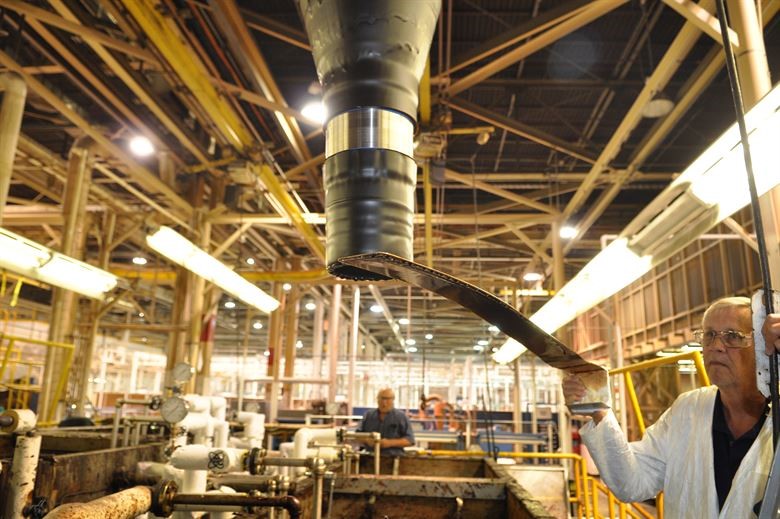Electroless nickel plating: a beginner’s guide
A History of Search Engines
March 27, 2020
How to Make a Property Inventory
March 31, 2020Nickel plating using an Electroless process (ENP) deposits a nickel coating without using the electrical current that’s normally used in an electroplating process. Industrial ENP processes generally contain between 2 and 14 percent phosphorus. A higher phosphorus content means better corrosion resistance at the expense of reduced hardness of the coating.

Image Credit
How does it work
In the ENP process, a chemical reducing agent is used to turn nickel ions into metallic nickel. The coating is naturally hard and resistant to wear and abrasion, it also has a natural lubricity, making it good for surfaces that come into contact with each other and would otherwise suffer from excessive wear.
As we’ve said, corrosion resistance can come at the expense of hardness. Heat treatment can increase the hardness of the coating, but the trade-off here is that microscopic cracks can occur in the surface coating, reducing its effectiveness.
How well ENP adheres to the substrate is largely down to preparation. Provided surface preparation is good, the adherence rate to carbon steel is around 200 to 400 Mpa, and for stainless steel it’s 160-200. It is difficult to deposit nickel on steels that have a high chromium content though.

Surfaces must also be clean of dirt, oils and soaps. Edges should be rounded off and welds ground down too. Precise temperature control of the plating bath is also essential to the process being able to deliver a high quality of finish.
Where is it used
The electroless nickel plating process is mostly used in industry, on things like pipes, valves and fasteners. The coating thickness can be varied and a greater thickness can be applied to a rough surface in order to produce a smoother final finish.
ENP is also often used as a way of improving the corrosion resistance of carbon steel, especially when it’s used in mildly corrosive environments such as where it may come in contact with caustic solutions, acids and chlorides.
Electroless coating can be used with other substances, but nickel is the most common application. It offers a solution that is cost-effective for applications where extending the service life of a component by reducing the chance of wear and corrosion is required. It means that often ENP coated steel can be used in these instances, in place of more expensive corrosion resistant alloys.
Warning: Trying to access array offset on value of type null in /home/speakyma/public_html/checkyourhud.com/wp-content/themes/betheme/includes/content-single.php on line 286



